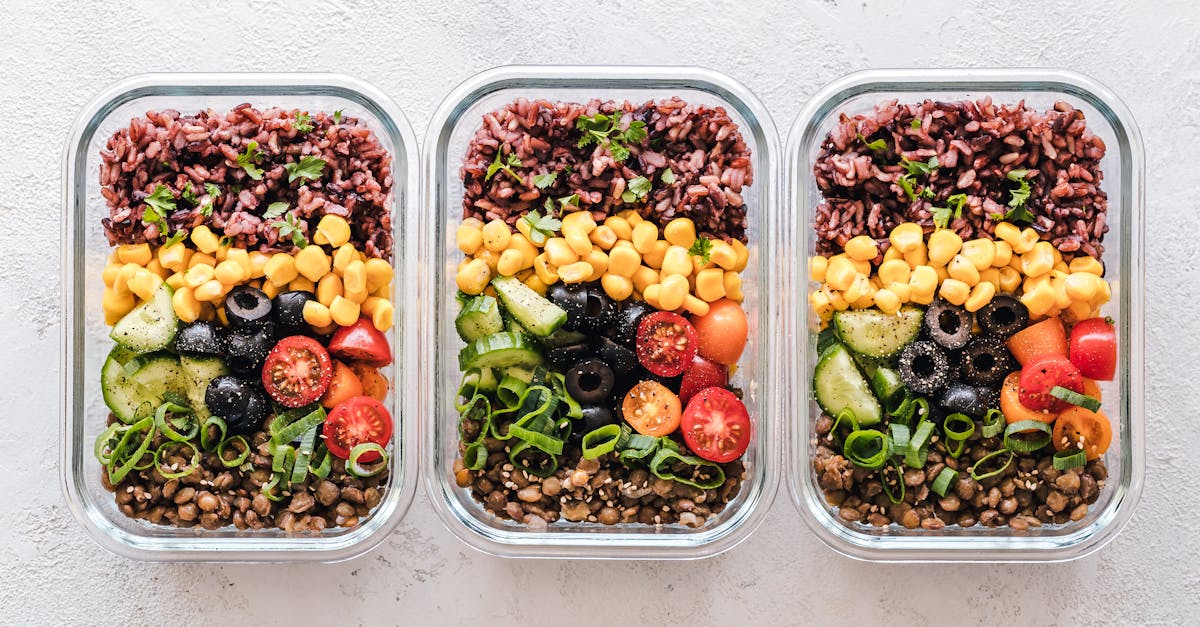In today’s fast-paced world, juggling work, family, and personal commitments can make it challenging to maintain a healthy diet. A weekly meal plan not only simplifies your grocery shopping but also ensures that you are eating nutritious meals throughout the week. In this guide, we’ll explore the essential steps to create an effective weekly meal plan that can help you lead a more organized and healthier lifestyle.
Benefits of a Weekly Meal Plan
Before diving into the creation process, it’s essential to understand the benefits of having a meal plan:
- Saves Time: Planning meals in advance can significantly reduce the time spent deciding what to cook each day.
- Reduces Food Waste: By shopping with a list based on your meal plan, you’ll be less likely to buy unnecessary items that lead to waste.
- Encourages Healthier Choices: Planning helps you avoid the temptation of unhealthy last-minute takeout by providing a clear strategy for your meals.
- Saves Money: Buying ingredients in bulk and avoiding impulse purchases help keep your grocery bills in check.
How to Create a Weekly Meal Plan
Step 1: Assess Your Schedule
Start by looking at your week ahead. Consider your commitments, events, and how much time you’ll have for cooking on different days. Factor in:
- Work hours
- Family activities
- Fitness routines
- Social engagements
Identifying busy days allows you to choose quick and easy meals for those times, while allocating more time for meal prep on less hectic days.
Step 2: Choose Your Recipes
With your schedule in mind, select a variety of recipes that include:
- Proteins (chicken, fish, tofu)
- Vegetables (seasonal ones are often more affordable and flavorful)
- Whole grains (brown rice, quinoa, whole wheat bread)
- Healthy fats (avocado, nuts, olive oil)
Look for meal prep-friendly recipes that can be cooked in large batches or can be easily reheated, such as soups, stews, and casseroles. Websites like AllRecipes and Food Network are great resources for finding diverse meal ideas.
Step 3: Create a Grocery List
Once you’ve decided on your meals, make a comprehensive grocery list based on the ingredients you need. Organize your list by sections such as:
- Produce
- Meat/Poultry/Seafood
- Dairy
- Pantry staples
This organization will help streamline your shopping trip and ensure you don’t forget any key ingredients.
Step 4: Meal Prep
Set aside a couple of hours on a weekend or your preferred day to meal prep. Consider the following tips:
- Cook large portions of grains and proteins that can be used in multiple meals.
- Wash and chop vegetables to make meal assembly quicker during the week.
- Store meals in clear, labeled containers to make grabbing meals easy and straightforward.
Step 5: Stay Flexible
Life happens! It’s important to be flexible with your meal plan. If something comes up, don’t hesitate to swap out meals or adjust leftovers into new dishes. This adaptability will make it easier to stick to your plan long-term.
Tips for Success
- Involve Your Family: Get everyone’s input on meal ideas to ensure that everyone will enjoy the planned meals.
- Experiment: Try cooking new recipes to keep things exciting and find new family favorites.
- Use Technology: Consider using meal-planning apps like Mealime or PlateJoy to simplify the planning process.
Conclusion
Creating a weekly meal plan is an effective strategy for organizing your life and enhancing your nutritional intake. By taking the time to plan your meals, you not only save time and money but also empower yourself to make healthier food choices. Start small, stay consistent, and watch as meal planning transforms your week into a more structured and enjoyable experience.

Leave a Reply